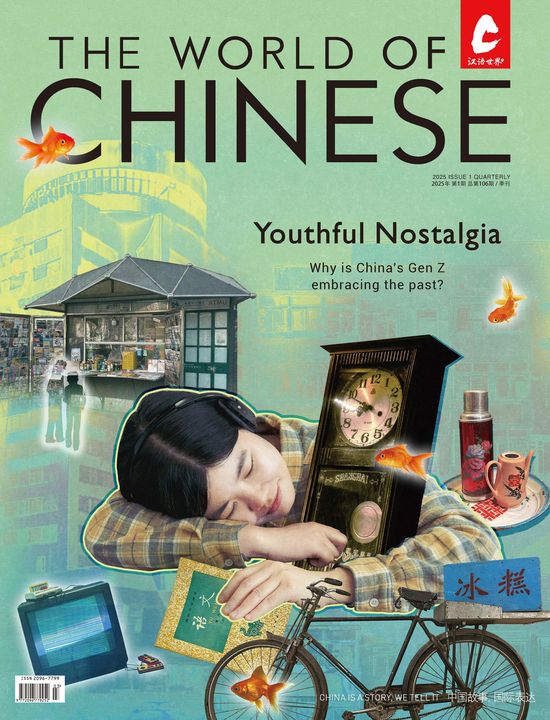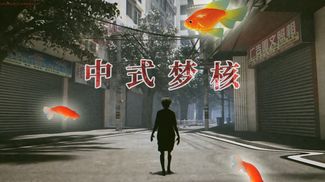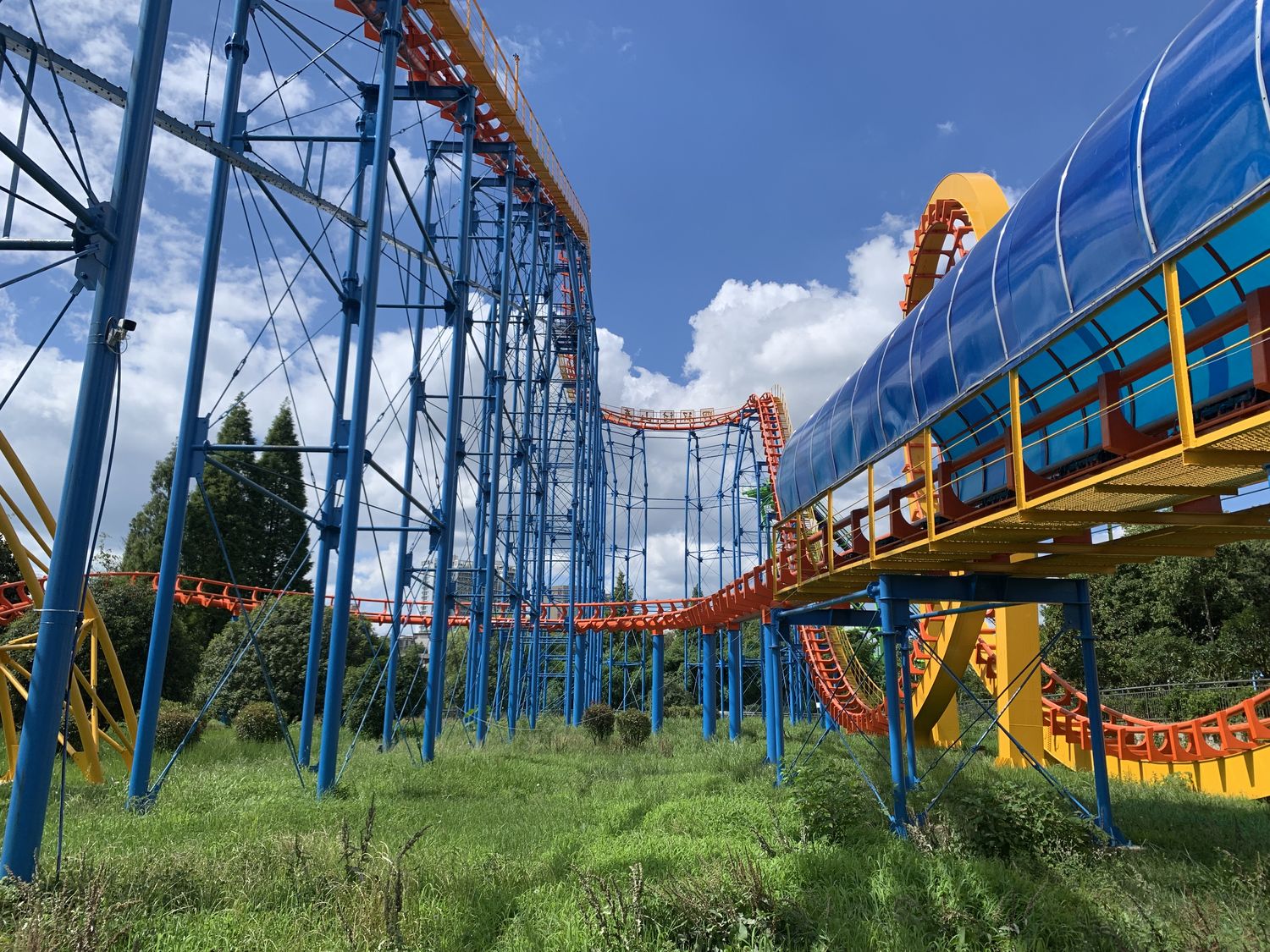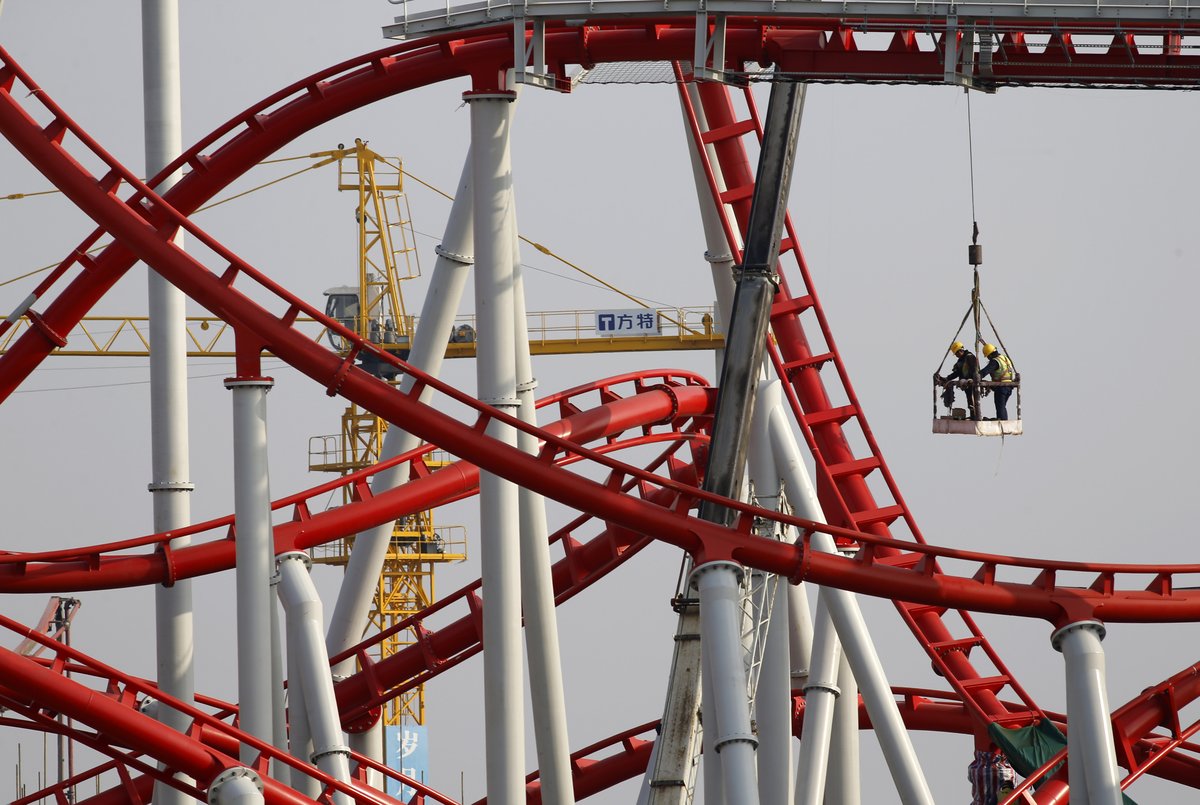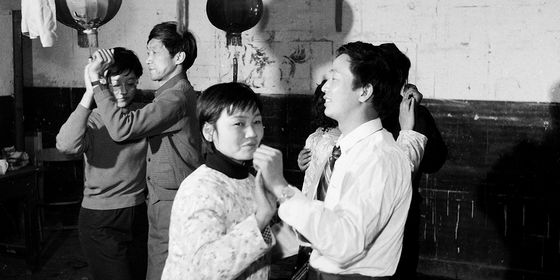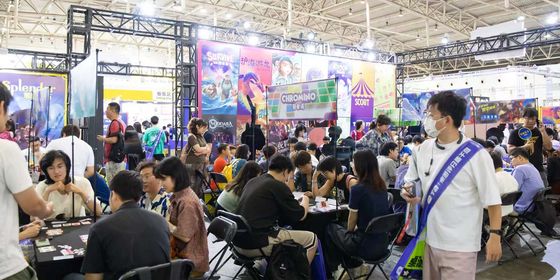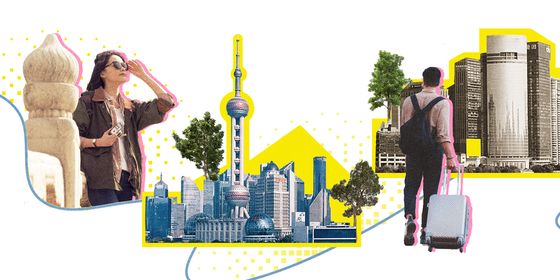An American roller coaster enthusiast’s bumpy road to find good rides and community
Over the 2016 National Day holiday, I was excited to experience my first major Chinese roller coaster: a towering machine at Happy Valley Wuhan promising a powerful launch that would soar far above the park’s midways before plummeting underground.
As a roller coaster enthusiast, I was in the early stages of exploring Chinese theme parks and eager to push my still-nascent roller coaster count closer to 100—an admittedly arbitrary figure, but one that holds some weight within enthusiast communities. But although there was only a few dozen people in line at the park’s tallest coaster, the wait to board stretched on and on.
When I entered the station, I finally understood why. A ride attendant shouted a rhythmic count in Chinese —“one-two-three-four, two-two-three-four”—while guiding prospective riders to tilt their heads, stretch their shoulders, and swivel their hips. I mimicked the motions, marking the first out of countless such pre-ride exercises I would encounter as my coaster count entered the triple digits over the years. These routines did little to reassure me of my safety; most visitors (myself included) merely approximated the movements. They did, however, succeed in making already slow lines feel more sluggish.
While China has built many coasters, the country’s theme parks have not developed an enthusiast community comparable to Western countries due to the Chinese public’s suspicion of roller coaster safety, frustrating operational policies within parks, and the scarcity of enjoyable rides.
When I moved to China in the fall of 2016, months after devouring every news story I could find on the high-profile opening of Shanghai Disney Resort, I was startled to discover that very few people in the country shared my love for the exhilarating speed and exuberant forces of roller coasters, despite China appearing to be one of the world’s most exciting destinations for theme park lovers.
Since the early 2010s, China has invested enormously in theme park projects. The Wanda Group announced a 300 billion investment into cultural tourism developments anchored by amusement parks in the mid-2010s; Fantawild operates almost three dozen parks with many more in the pipeline. China’s theme park attendance figures are correspondingly large. According to the Themed Entertainment Association’s 2023 industry report, China has a larger share of the world’s top 25 best-attended theme parks than any country other than the US.
However, my attempts to discuss my passion with Chinese friends and colleagues went nowhere until two years ago, when I discovered Roller Coaster Dream (RCD), China’s largest enthusiast community, through their YouTube videos—an invaluable resource for planning amusement park trips. Finally, I found a group of people who shared my conviction that the proper answer to “Have you been to Happy Valley?” is “Which one?”
RCD began around 2010 when China’s amusement industry heated up. At first, the group was tiny: a three-person chat on the social media platform QQ dedicated to roller coasters. As more members joined, the group’s ambitions expanded from simply discussing the amusement industry to constructing a community akin to the American Coaster Enthusiasts (ACE) and the European Coaster Club (ECC), which combine online discussions with in-person meetups. RCD expanded its social media presence—posting articles on developments in the amusement industry and videos of Chinese roller coasters on platforms like WeChat, Weibo, and Bilibili—and organized gatherings at local parks.
Over the years, the group grew as its members engaged in a constantly flowing discussion encompassing pictures from amusement park visits, rumors about ongoing and future construction projects, and advice on trip planning. After assuring the club’s president, Candice Fu, that I surpassed the club’s membership requirement by riding well over 30 roller coasters in China and can (somewhat) read Chinese, I was in.
RCD now has around 300 members, but it remains small by the standards of international clubs like ACE and ECC, each of which boasts memberships in the thousands. Even identifying China’s best roller coasters is hard for this domestic group, as less than two dozen members have traveled enough within China to compare rides.
A major obstacle to the club’s growth is the widespread belief in China that roller coasters are dangerous. Despite the extremity of their appearances, roller coasters are generally very safe. Statistics in China are difficult to find, but according to the International Association of Amusement Parks and Attractions (IAAPA), the rate of serious injuries on roller coasters in North America is 1 in 15.5 million. Although China has seen several high-profile incidents, such as when two trains collided on Happy Valley Shenzhen’s Bullet Coaster in October 2023, sending dozens to the hospital, these events remain anomalous. Chinese roller coasters are regularly inspected by the China Special Equipment Inspection and Research Institute (CSEI), and parks are required to post plaques in stations listing a ride’s manufacturer, opening date, and estimated lifespan.
Still, many visitors regard roller coasters with suspicion. Going to American amusement parks growing up, I was taught to downplay any fear or apprehension I felt before boarding a roller coaster, instead insisting that the ride wasn’t that scary. When I started going to Chinese parks, I was surprised to see many riders taking the opposite approach. Groups of teenagers waiting to board would take turns hyping each other up about how extreme the ride experience would be. Strangers once told me that they were afraid and could not understand my calm demeanor while waiting to climb a lift hill.
This wary attitude influences the way Chinese theme parks are run. Wang Yin, a Beijing-based attractions industry professional who supervised coaster projects for the Wanda Group, explains that individual managers exert significant control over park policies. Managers who hail from outside the amusement industry are especially prone to imposing restrictions well beyond manufacturer specifications. Age limits can forbid riders as young as 50 from experiencing the largest coasters.
Weight and height limits are similarly strict: Light of Revenge, a triple-launching roller coaster in Nanjing, has a posted (albeit rarely enforced) maximum of 80 kilograms (176 pounds) even though a near-identical model from the same manufacturer has safely operated in the US since 2011 with no such limit. When visiting Xuzhou Amusement Land in Jiangsu province last summer, several ride operators made me stand on scales so a stranger could inspect my weight, an experience I found humiliating.
Liam Zhang, a college student in Shanghai and a fellow RCD member, has had similar experiences dealing with height limits. At 190 centimeters, he has been turned away from large coasters at Happy Valley parks, an experience he described as “distressing” given his familiarity with safe and accommodating operational standards outside of China.
Beyond rider restrictions, boarding a roller coaster in China can also be frustrating due to the painstaking slowness of the process. Fu estimates that around 90 percent of Chinese parks run a single train on their roller coasters at a time, even if the ride is designed to operate with multiple trains. The pre-boarding exercises enforced at many parks further extend wait times.
Once on board, Chinese roller coasters deliver wildly inconsistent experiences. Some combine a smooth, comfortable ride with a thrilling layout. However, many parks, particularly smaller parks without the budgetary backing of major chains, install lower-cost roller coasters from domestic companies. Although some Chinese roller coaster manufacturers have built rides that have received positive reviews—I’ve been impressed by the build quality of recent installations from Guangdong-based Jinma Rides—many coasters made in China, in my opinion, are bad. The restraints are uncomfortable. The layouts are filled with awkward transitions that deliver unpleasant jolts. The wheels shuffle along the track; one coaster in Guizhou shook me so badly that my face mask fell off. Simply put, these rides can hurt. At least one RCD member joined the club specifically to avoid such painfully subpar attractions.
A final obstacle to developing China’s roller coaster community is the relative scarcity of rides, making it difficult for enthusiasts to get their fix. In some other countries I’ve been to, a single amusement park can contain as many as 10 to 20 roller coasters. Chinese parks have far fewer, largely because none of China’s largest theme park operators (by number of parks) specialize in amusement rides. Overseas Chinese Town (OCT), which operates the Happy Valley chain, and Sunac China Holdings, which owns 13 parks that it purchased from Wanda, are weighted toward real estate. Fantawild, which welcomed more visitors than any company outside of Disney in 2023, uses an asset-light business model where local governments provide inexpensive land and finance construction while Fantawild provides design and operational services. Unlike standard theme park operators, who gradually add new attractions to their existing parks over time, Fantawild often builds entirely new parks adjacent to its existing properties. It’s hard to develop excitement about roller coasters when any given park has, at most, two or three thrilling and comfortable coasters because the park’s owner is more invested in land prices than the visitor experience.
Add in economic uncertainty after the Covid-19 pandemic, plus tightened supervision from CSEI after the Happy Valley Shenzhen accident, and it’s no wonder that coaster construction in China has slowed to a trickle. As Fu explained, growing a roller coaster club is difficult without new attractions to generate excitement.
After eight years in China, my roller coaster enthusiasm remains strong despite the many bumps I’ve received from questionable coasters. While I have a long list of parks I hope to visit, scattered throughout the country, my experiences with waits times and restrictions lead me to wonder about the future of China’s roller coasters. Talking to enthusiasts for this article, nobody expressed optimism for the domestic amusement industry. Fu merely hopes that China’s existing coasters can stay open. Wang, the Beijing-based industry professional, expressed skepticism about the longevity of most of China’s parks outside of giants like Disney, Universal, and the Guangdong-based Chimelong Group.
As I chart my course toward my next major coaster milestone, I have yet to decide on the details of my coming trips. With my current ride count of 284, I am confident that my path to 300 will involve a lot more of the all-too-familiar ups and downs within Chinese amusement parks.
Riding Solo: The Struggles of Roller Coaster Enthusiasts in China’s Sparse Thrill Scene is a story from our issue, “New Game.” To read the entire issue, become a subscriber and receive the full magazine.
